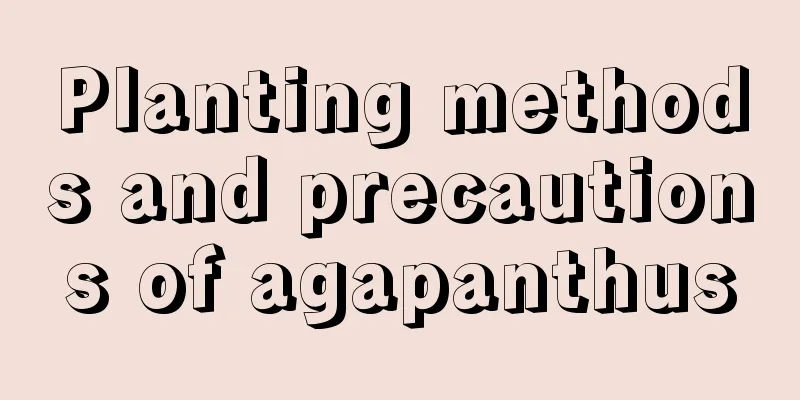How to transplant Prunus mume

Preparation before transplantingChoose a flower pot of appropriate size and cover the bottom hole of the pot with two thin tiles or thin foam sheets to ensure that the soil in the pot is not washed away by water while allowing excess water to flow out in time. First, place a 2-3 cm thick coarse-grained substrate at the bottom of the pot as a water filter layer, sprinkle a layer of fully decomposed organic fertilizer as base fertilizer, about 1-2 cm thick, and then cover it with a thin layer of substrate, about 1-2 cm thick. The substrate for transplanting Prunus mumeThe substrate can be selected from one of the following: garden soil: slag = 3:1; or garden soil: medium-coarse river sand: sawdust (vegetable residue) = 4:1:2; or one of paddy soil, pond mud, and leaf mold. Steps for transplanting elmleaf plumWhen transplanting seedlings, first dig a planting hole and sprinkle a layer of organic fertilizer at the bottom of the planting hole as base fertilizer (basal fertilizer), with a thickness of about 4-6 cm. Cover with another layer of soil and put the seedlings in to separate the fertilizer from the roots and avoid burning the roots. After placing the seedlings, backfill the soil to cover the roots, tamp the soil down with your feet, and water it thoroughly. Maintenance and management of Prunus mume after transplantingTransplanting of Prunus armeniaca is best done in spring and autumn. When planting, the hole should be filled with sufficient rotted base fertilizer and watered thoroughly after planting. Water the plant 2-3 times during the dry spring season. No watering is needed at other times. Also, pay attention to drainage during the rainy season. Top dressing can be done 1 or 2 times in May and June each year to promote the differentiation of flower buds in the plants. Pay attention to pruning branches during the growth process. After the flowering period, carry out moderate pruning, leaving 3-5 buds on each strong branch. After the beginning of the dog days, do another pruning, and at the same time top and pinch the branches to concentrate nutrients and promote the germination of flower buds. Apply liquid fertilizer once after pruning. After flowering in June, in addition to pruning the branches, they should also be tied and bent to inhibit the dominant growth of the apical part. |
<<: Four seasons maintenance method of elmleaf plum
>>: How to repot the elmleaf plum
Recommend
What should I do if my roses are infested with bugs?
1. Rose Sawfly Damage: Rose stem sawfly is a pest...
Osmanthus fragrans seed sowing method
Osmanthus fragrans seeds sowing time The best tim...
Cultivation methods and precautions of chrysanthemum
1. Maintenance methods 1. Soil: It has certain re...
How to prune the arrowhead flower
When to prune the arrowhead flowers Pruning of th...
The savior of lazy people! These 6 kinds of flowers are beautiful and easy to grow, and even children who have just learned to walk can grow them
Petunia Petunias have rich colors and various sha...
How to root succulent white chrysanthemum
1. Prepare the container If you want the succulen...
How to prune honeysuckle and how to trim branches
Honeysuckle pruning time Honeysuckle needs to be ...
How to prune Camellia bonsai
Trunk treatment It is necessary to combine the na...
Will lucky bamboo bloom?
Lucky bamboo will bloom. Generally speaking, only...
What does a pine tree look like?
Pine refers to the general term for plants in the...
The germination process of Impatiens seeds
1. Germination process After the Impatiens seeds ...
Cultivation methods and precautions of dragon beard tree
1. Soil It prefers loose, fertile soil with good ...
The efficacy and function of water hyacinth fruit
1. Sober up Water spinach is not only a delicious...
What should I do if the leaves of white palm are all soft?
1. Replenish water in time (1) Specific reason: I...
When does lavender bloom?
1. Flowering time It usually blooms from June to ...









